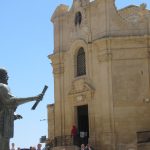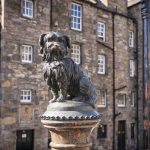Greenwich is real day out territory from central London, except that one day won’t be enough for all there is to see! Unusually, this post covers something which is no longer there – but the fascinating Tudor exploits in the one-time Greenwich Palace are worth a quick mention. Then we move on to what you can see and do in Greenwich today, namely visiting architectural gems such as the Queen’s House and the Painted Hall, plus the area’s maritime treasures like the Cutty Sark, the National Maritime Museum and the Royal Observatory. And we finish with some more general tips on enjoying Greenwich.
greenwich: a special atmosphere
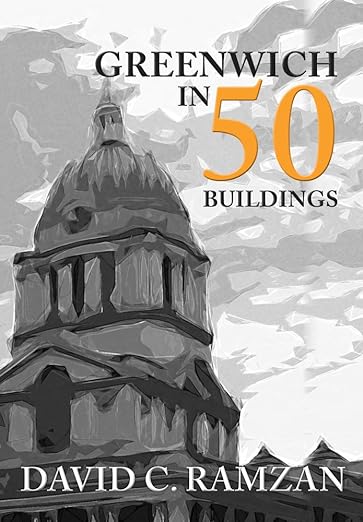

Perhaps the best place to appreciate the special atmosphere in Greenwich is on the path along the riverbank, looking back towards the Royal Naval College. There’s a tiny beach, a whiff of sea air – because the river is tidal – and you can look through the perfect symmetry of the twin buildings of the Royal Naval College towards the picture-perfect Queen’s House and the parkland rising up the hill beyond it to the Royal Observatory. Behind you is the Thames, with the O2 on the opposite bank.
For Alexander Pope, there was ‘no place on earth’ like Greenwich, where the ‘silver Thames’ reflects the perfect architecture. Daniel Defoe thought the same, writing that Greenwich is ‘the most delightful spot of ground in Great Britain; pleasant by situation, those pleasures increased by art and all made completely agreeable by the accident of fine buildings, the continual passing of fleets of ships up and down the most beautiful river in Europe.’ (You may think other European rivers are more beautiful, but the rest is surely true?)
The Missing Palace
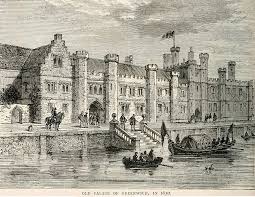

Greenwich Palace, the principal royal palace of a number of Tudor monarchs, was a redbrick beauty with an imposing square tower. It had an impressive riverside frontage and a ceremonial approach for those arriving by boat. It was a luxury palace built for pleasure, complete with a tiltyard for jousting tournaments, extensive gardens and a royal footbridge leading out to the parkland. None of it remains – the Royal Naval College was built on its site – but it’s worth recalling some hugely significant moments in history which took place there. There’s more on this on the podcast, but here are just a few:
Henry VIII’s was born at Greenwich Palace and spent his teenage years learning to joust in its tiltyard where, later in life, he suffered the well-known jousting accident which ruined his health. Henry’s low-key wedding to Katherine of Aragon was here, before the ‘high pomp’ of a Westminster Abbey ceremony. Henry wooed Anne Boleyn here at Christmas 1528, despite Katherine’s presence, and their wedding took place here, as did the riverside pageant to celebrate her coronation. It was also here that Anne was later arrested and taken off by boat to the Tower of London. Elizabeth I planned the Armada in Greenwich and it’s said to be here that Sir Walter Raleigh laid his cloak over a puddle for her.
the queen’s house

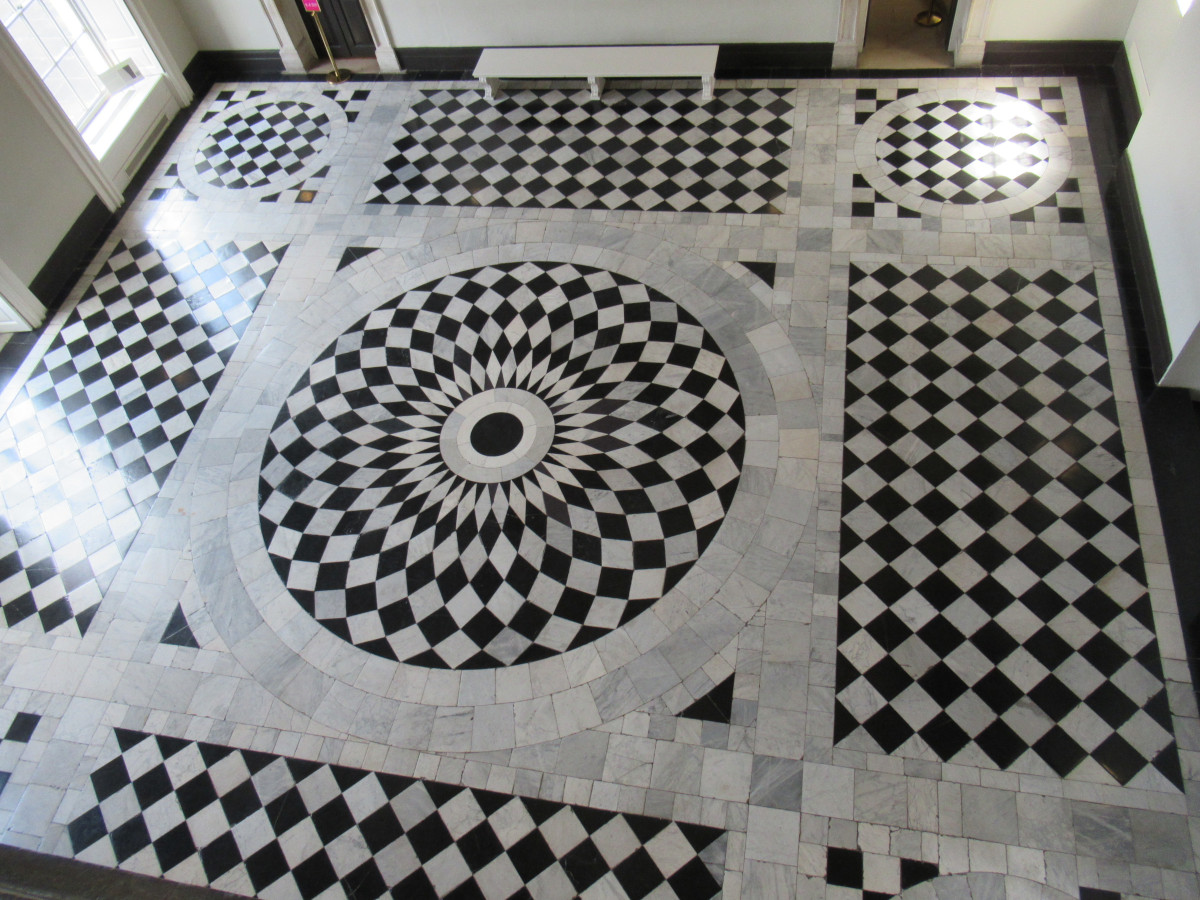
Again, there’s a more detailed history on the podcast, but briefly the lovely Queen’s House originated as a gift from James I to his wife, Anne of Denmark and was later lived in by their daughter-in-law, Henrietta Maria, wife of Charles I and then Catherine of Braganza, wife of Charles II. Henrietta Maria recalled it very fondly as ‘a place to enjoy every pleasure the heart could desire with a husband who adored me’.


The Queen’s House is drop-dead beautiful, designed in 1616 by Inigo Jones and based on the Italian renaissance architecture he admired. The building has elegant proportions and a colonnaded façade. Inside is the stunning hall, with its black and white marble floor and first-floor wooden gallery, mainly decorated in white and gold in honour of Queen Henrietta Maria’s French heritage. The tulip motifs anticipate the beautiful wrought-iron staircase, where the flowers – possibly actually lilies, the emblem of France – are the main design feature of the wrought iron railings. The so-called Tulip Staircase was a design triumph, unsupported but with each step cut precisely into the next and into the wall.
The Queen’s Presence Chamber (red and gold), the King’s Presence Chamber (blue and gold) and their various ‘withdrawing rooms’ are worth a look, as are some of the paintings. The ‘Armada portrait’ of Elizabeth I is here. It was painted – artist unknown – to commemorate this great English victory and shows the queen in full regalia with her hand on a globe and the sight of ships just visible behind her through an open window. Other paintings include more royal portraits – Queen Anne, Henry VIII – plus pictures of naval battles and views of Greenwich. Remember to look out an upper window to see the view down past the Royal Naval college to the river.
the painted hall
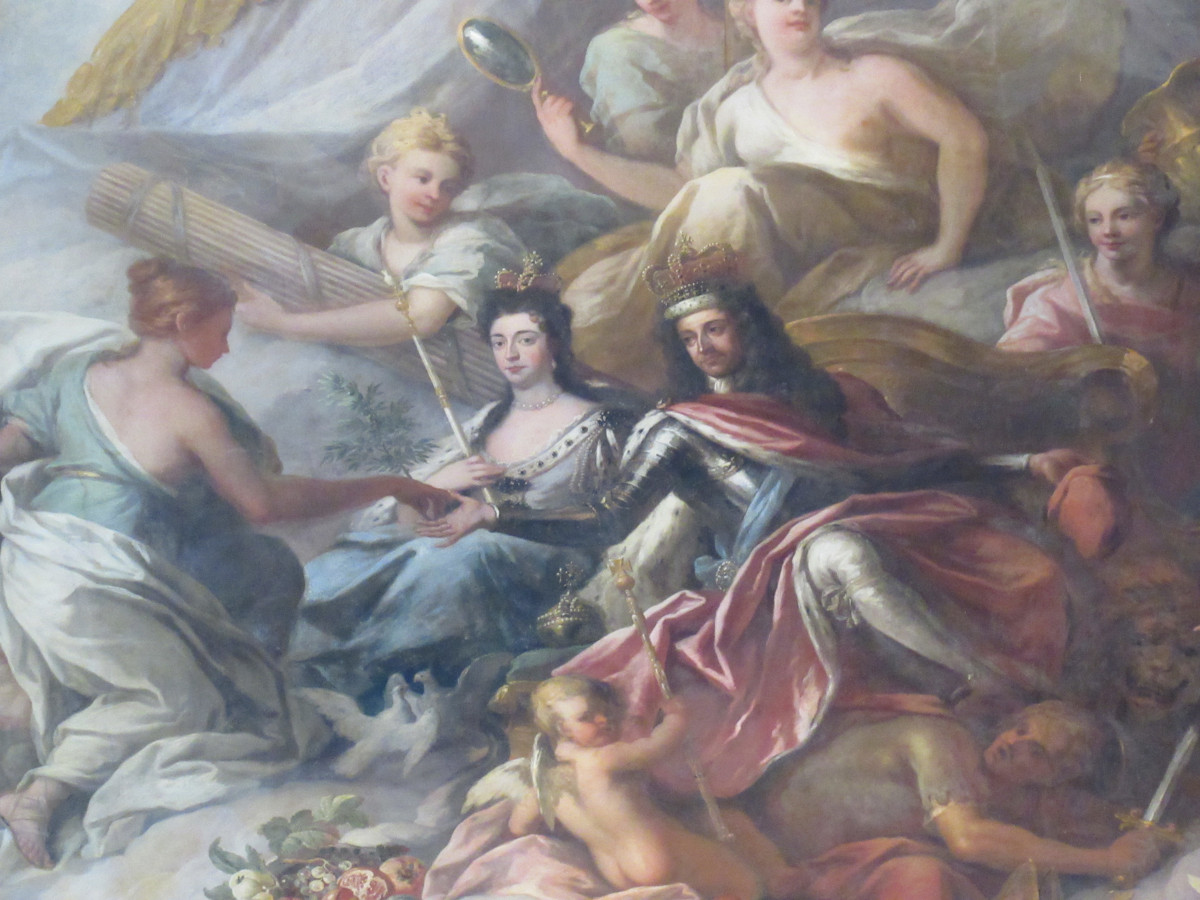

The Royal Naval College was built in the reign of William and Mary as a residential hospital for elderly or injured seamen. The highlight of visiting it is the Painted Hall, originally used as a dining room. Its ceiling was painted to celebrate the fact that England was once again ruled by a protestant monarch. William and Mary are the central figures and William’s foot rests on a vanquished Louis XIV, holding a broken sword. In the hall’s Upper Room is a series of paintings of England’s later protestant monarchs, such as Queen Anne and George I, shown surrounded by his son, grandson and other relatives to underline the fact that the succession was secure.
Two Naval Treasures

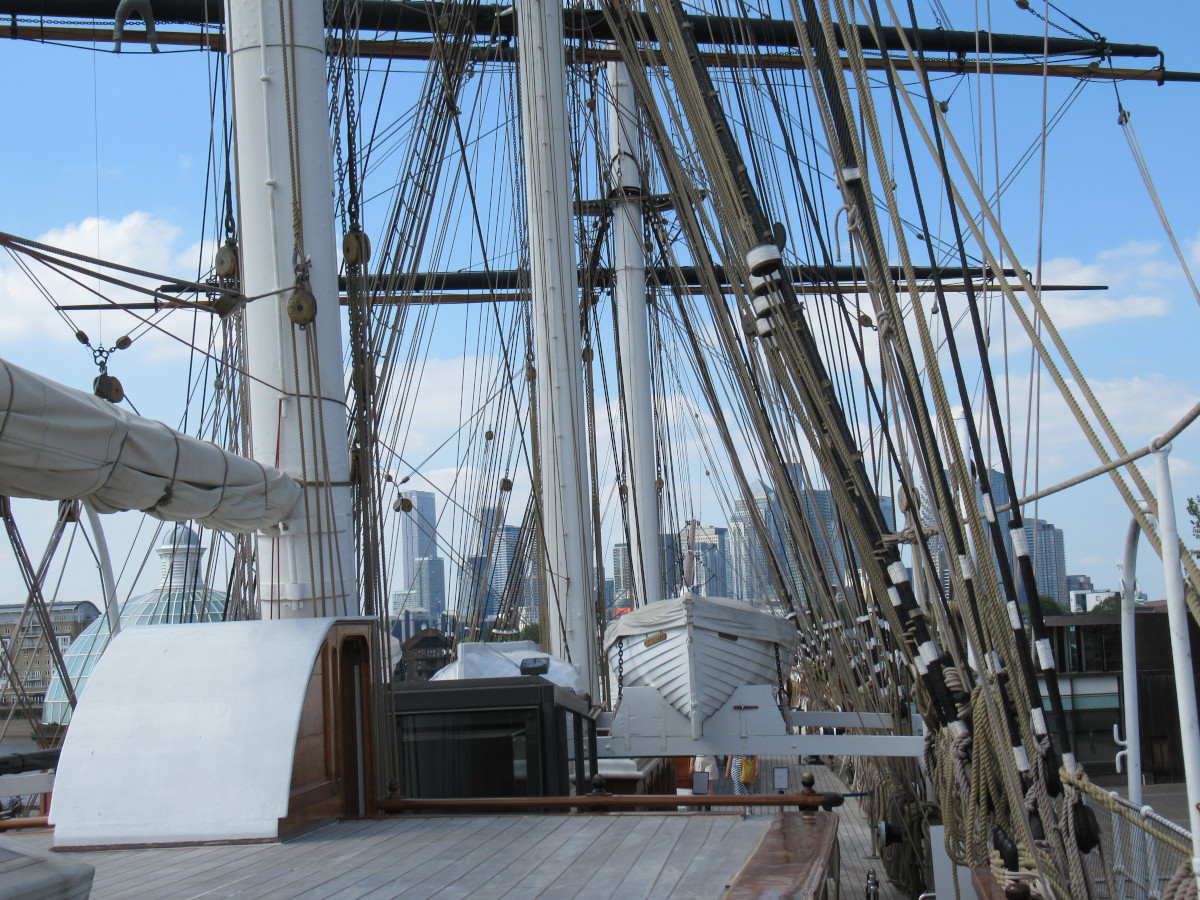
The National Maritime Museum in Greenwich is the world’s largest maritime museum, with three floors and many sections, for example Tudor and Stuart Seafarers, Pacific Encounters, Polar Worlds and one called Nelson, Navy, Nation. It’s full, full, full of all manner of things seafaring: from models of every type of ship to fascinating artefacts like the uniform Nelson was wearing when he was fatally wounded.
The Cutty Sark is the world’s only surviving tea clipper, the 18th century sailing ships named because they went at quite a ‘clip’. She sailed to China, India and Australia to bring back tea and wool and set a record for her 73-day journey back from Australia. A visit takes you right inside to see the ship’s wheel, the masts and rigging, the galleys and bunkrooms and get a real sense of what life aboard was like. Information panels explain the history and as you leave, you can walk underneath and get a good idea of the shape which made her ‘the fastest ship of her time’
the royal observatory
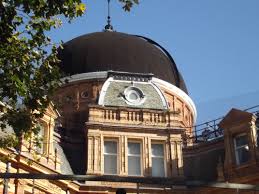
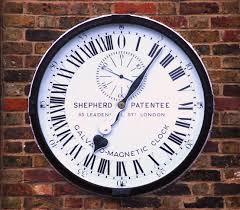
A walk up to the Royal Observatory takes you through parkland, where things of interest include Roman remains and Queen Caroline’s Bath. Caroline, married unhappily to George IV, used the house which was here for orgies, but after she left the country her husband had it all destroyed, except for the bath which remains.
The Royal Observatory is the home of Greenwich Mean Time, and here you can stand on the Prime Meridian line which represents zero longitude. You can visit Flamsteed House and see a whole range of navigational tools and learn about the work of the first Royal Astronomers, John Flamsteed and Edmond Halley (as in comet) who, between them plotted all the stars visible in the northern and southern hemispheres. Their calculations helped make Greenwich the home of accurate time-keeping.
wandering through greenwich
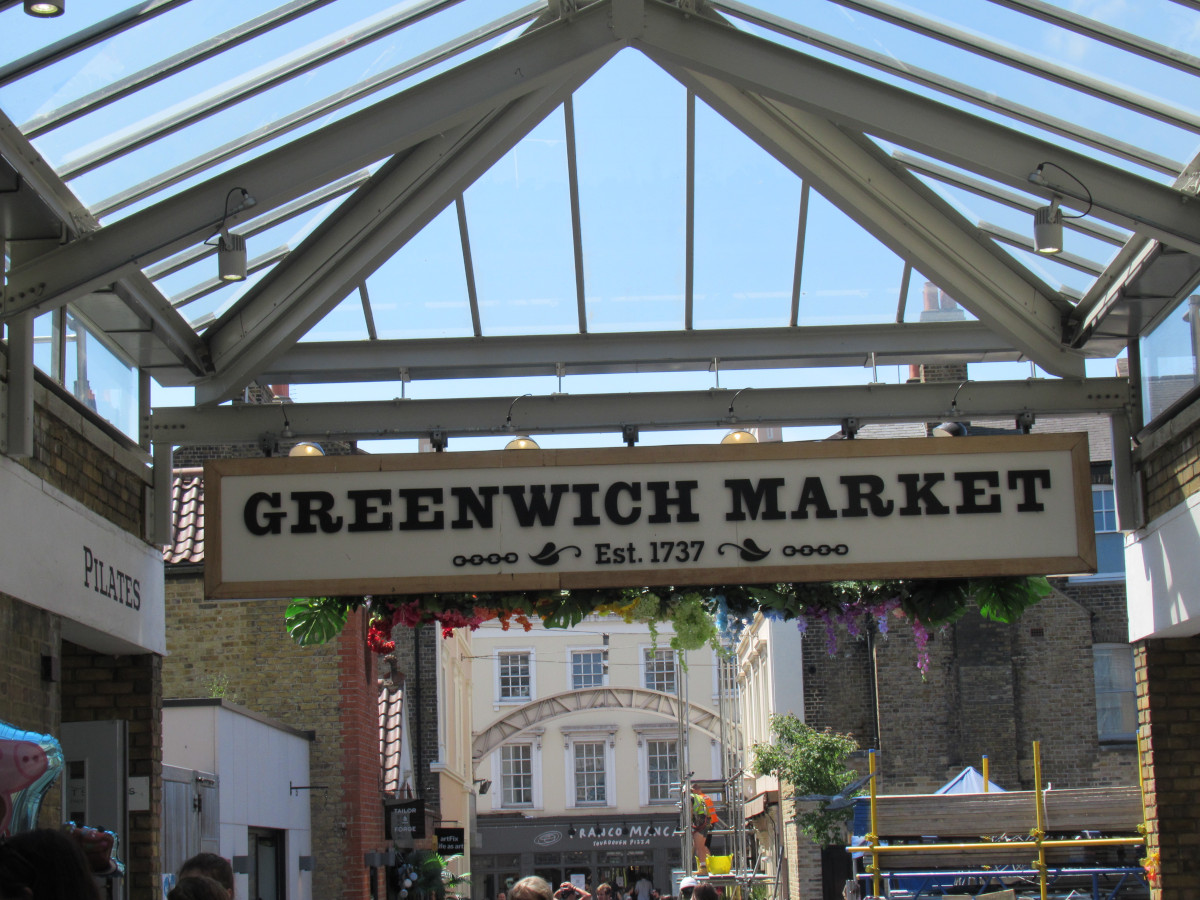
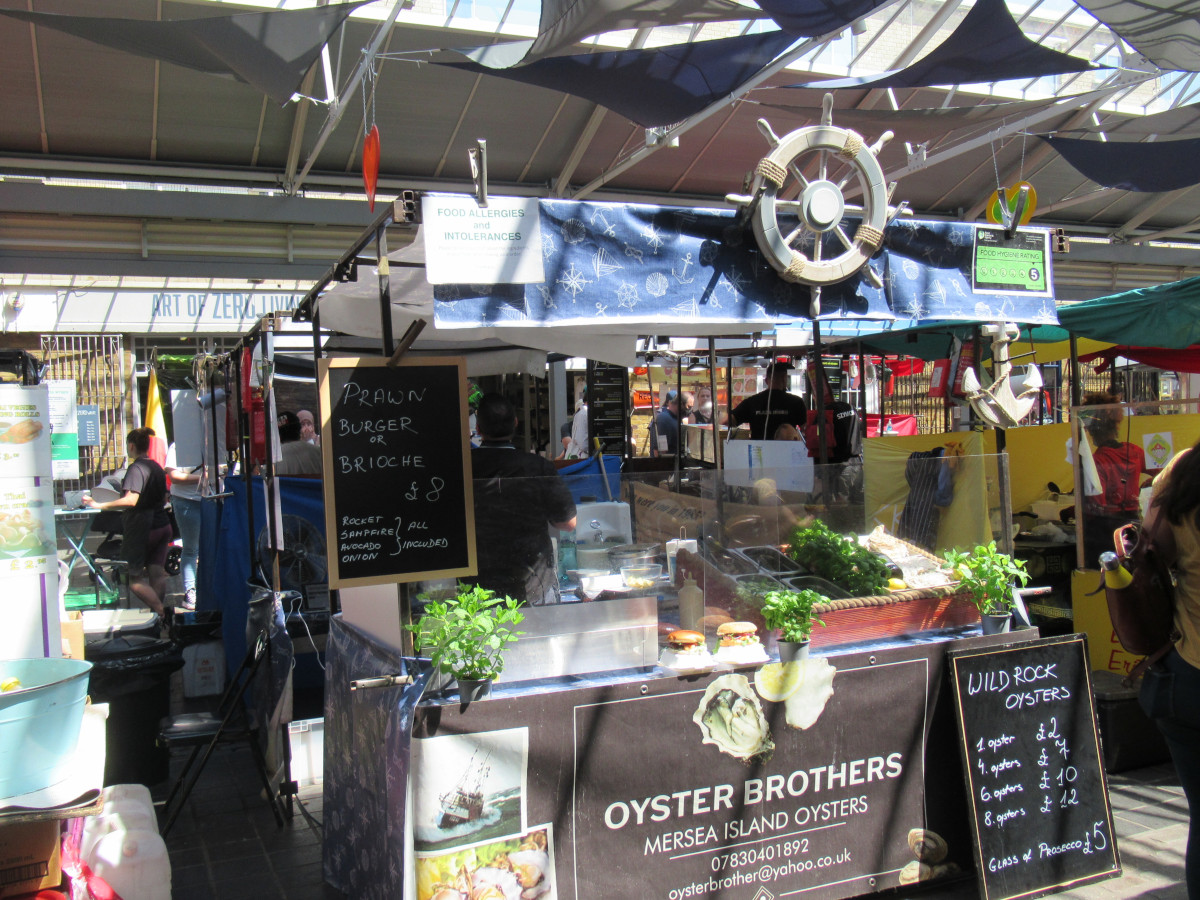
Greenwich always had a lively reputation, due at least in part to the presence of so many sailors. Indeed, in 1857 the lively Greenwich Fair was shut down after locals complained about ‘that old market of vice and debauchery’. Charles Dickens described one sport at the fair which involved young men dragging girls down the hill in the park as fast as possible, which was ‘greatly to the derangement of their curls and bonnet caps’. Today it’s more genteel, but there is no shortage of pubs, including the Trafalgar Tavern, known to Dickens, which has a statue of Lord Nelson outside.
Don’t miss Greenwich Market, a covered area built in the 1820s with over a hundred stalls selling art and crafts, jewellery, antiques, books, clothes and crucially, if you are on a day out, has a good selection of take-away food stalls serving street food from all over the globe. Adding to the atmosphere is the original quotation from the Book of Proverbs, reminding stall holders to act fairly towards their customers: ‘A false balance is Abomination to the Lord but a Just Weight His Delight.’
Listen to the POdcast
Reading suggestions
Greenwich in 50 Buildings by David Ramzan
Greenwich History Tour by David Ramzan
Royal Greenwich by Chris Guindi
links for this post
The Queen’s House
The Old Royal Naval College (Painted Hall)
National Maritime Museum
The Cutty Sark
The Royal Observatory
The Trafalgar Tavern
Greenwich Market
Previous episode Hampstead and Highgate
Next episode London’s Royal Parks
Last Updated on May 26, 2024 by Marian Jones


